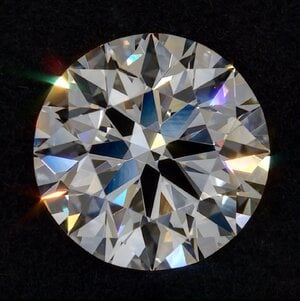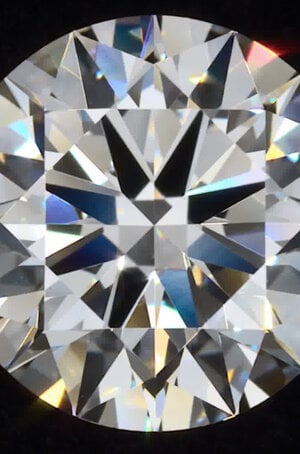I understand CVD’s have (or can have?) straining problems, and it seems obvious to spot on poor quality diamonds. But what isn’t clear (at least to me) is what a really good CVD looks like - should it have no straining or is a little bit considered normal / acceptable (ie negligible on performance).
Maybe said another way: is a certain level of straining expected (ie an unavoidable characteristic of CVD) and even the best quality examples of CVD have it?
This image is of presumably a high quality CVD and I assume this is showing some “minor” straining? This is from a “single growth” CVD process. I’m not sure if that is the same as “slow growth”. I couldn’t find a specific example from that growth method.

Additionally, here is an image and video of another CVD that I assume is “high quality” (not documented as “single growth”, but presumably had post growth treatment. I read post growth treatments can make diamonds less optically clear in a different way? I don’t know if that makes some of the subtle straining less visible overall.


Maybe said another way: is a certain level of straining expected (ie an unavoidable characteristic of CVD) and even the best quality examples of CVD have it?
This image is of presumably a high quality CVD and I assume this is showing some “minor” straining? This is from a “single growth” CVD process. I’m not sure if that is the same as “slow growth”. I couldn’t find a specific example from that growth method.

Additionally, here is an image and video of another CVD that I assume is “high quality” (not documented as “single growth”, but presumably had post growth treatment. I read post growth treatments can make diamonds less optically clear in a different way? I don’t know if that makes some of the subtle straining less visible overall.








300x240.png)